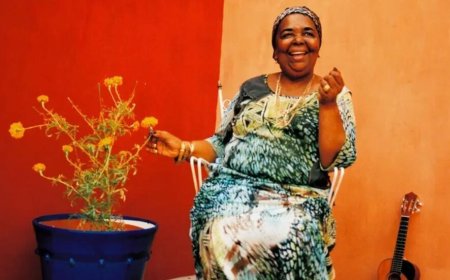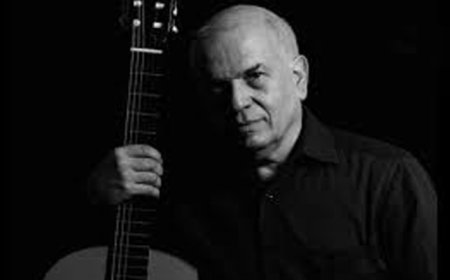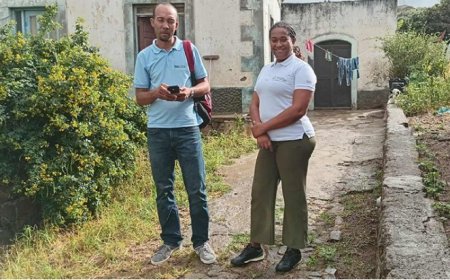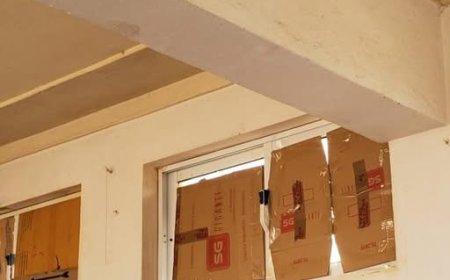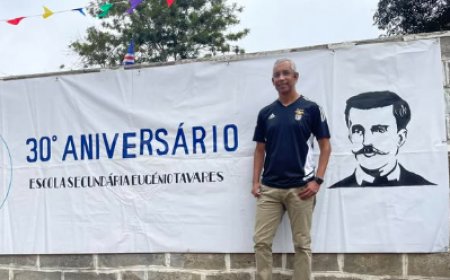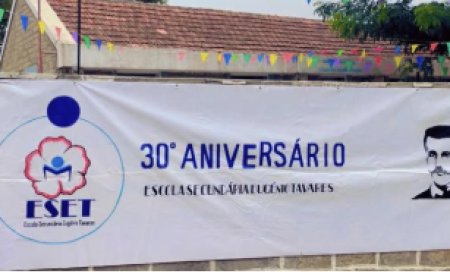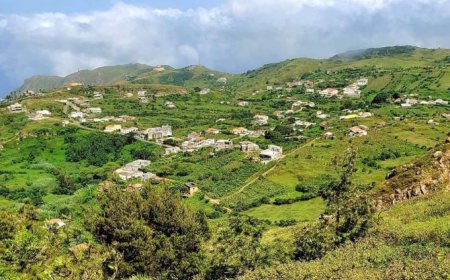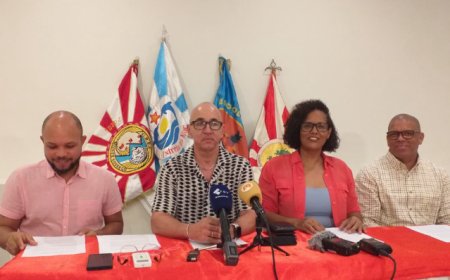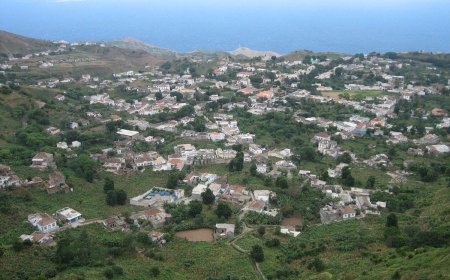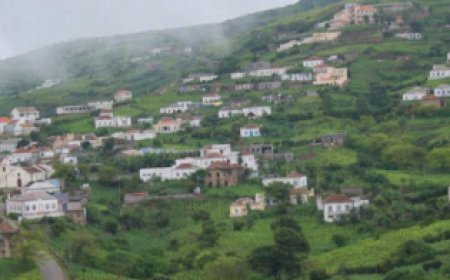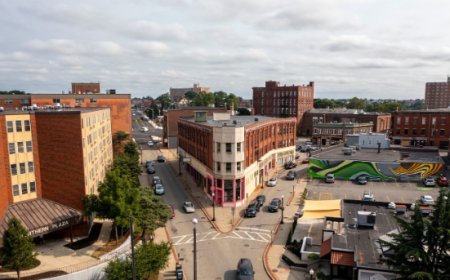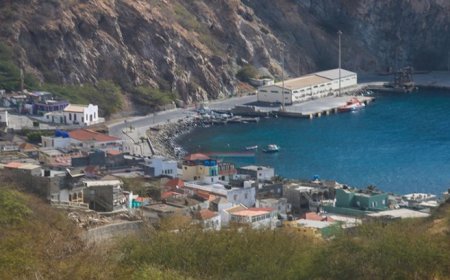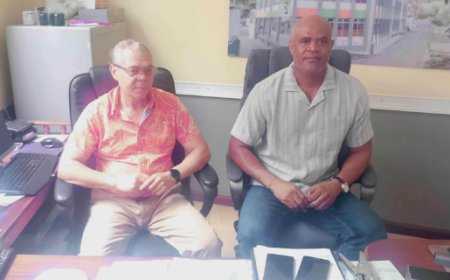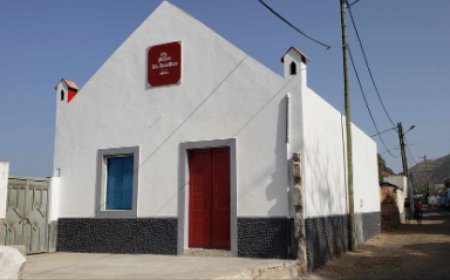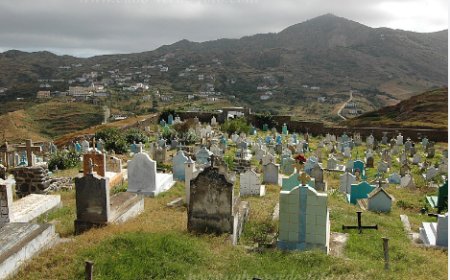Church in Cape Verde becomes a historic landmark (Text translated)
During the 30th General Assembly and Convention of the Church of the Nazarene, six resolutions were adopted recognizing various sites as historic landmarks, pursuant to Manual ¶ 913. This is the sixth article in a series highlighting the importance of these six new historic landmarks for the Church of the Nazarene.
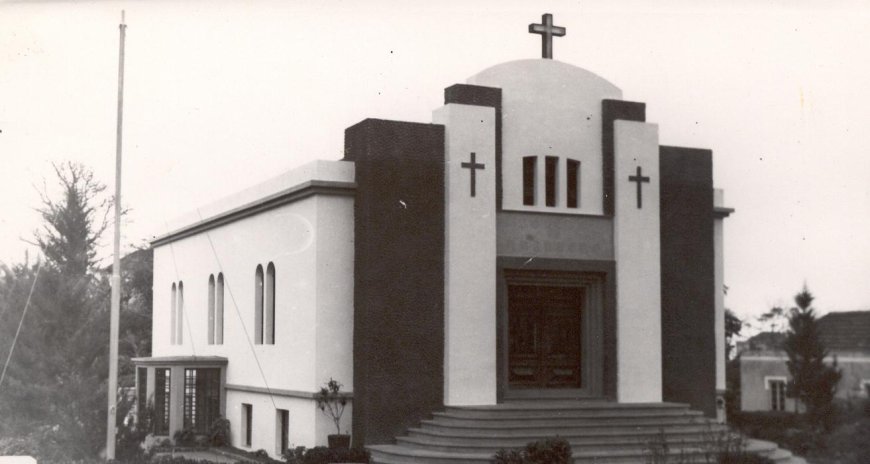
The João José Dias Church, also known as Capela de Ponta Achada, located on Ilha Brava, Cape Verde, was designated as a historic landmark of the Church of the Nazarene by action of the 30th General Assembly in Indianapolis, Indiana, USA, in June. This designation came after the General Assembly adopted Special Resolution 758, a resolution originating from the North and South Cape Verde districts in the Africa Region.
The building is located in Ponta Achada, on Ilha Brava, one of the 10 islands of Cape Verde. It was built in 1909 under the leadership of João José Dias (1873-1964), a native of Cape Verde who immigrated to the US in 1889, aged 16, with his father. Dias initially settled with the Cape Verdean community in New Bedford, Massachusetts, USA.
Two years later, he moved to Providence, Rhode Island, USA, where he testified to his faith in Christ and joined the Evangelical People's Church (later known as First Church of the Nazarene of Providence). This local congregation was the oldest member of the Central Evangelical Holiness Association, the oldest parent body of the Church of the Nazarene today.
The Evangelical People's Church is the oldest local church to join the Church of the Nazarene during the General Assembly in Pilot Point, Texas, USA, in 1908. It was in this church that Dias experienced the grace of complete sanctification.
In 1900, with the promised support of the Evangelical Church of the People, Dias returned to Cape Verde as a missionary to his homeland. In February 1901, Dias and some companions sailed to Ilha Brava, his native island. Dias began his work there, which included organizing churches, founding and operating a school, preaching the holiness message, and suffering intense persecution. He was arrested four times and on two occasions narrowly escaped death after being assaulted by a mob.
Other Cape Verdeans who were part of his ministry were also persecuted. Despite all the difficulties, their efforts and determination eventually led to the construction of the historic building that now bears the name of Dias. In addition to the building, a street in Nova Sintra, the capital of Ilha Brava, was also named after Dias.
The João José Dias Church is the oldest building of the Church of the Nazarene in Africa. It was frequently damaged during the years of persecution. As the Nazarene congregation increased in numbers, a larger and newer location became necessary to accommodate its growth. However, the congregation remained strongly attached to the original building. To honor this connection, the original wooden floor of the João José Dias Church was removed and reused as an altar in the new building.
In subsequent years to the present day, João José Dias Church has continued to be used as a church, school, youth ministry hall and museum. The Cabo Verde Sul District has a volleyball court adjacent to the building that is regularly used to reach youth through activities and events.
